|
It's that special time of year in Palau once again. The winds have calmed, the seas have laid flat, expedition season has passed, and playtime has begun. Biologist Ron Leidich and his 14 year old son Calvin were accompanied by Naturalist / Statistician Glenn Mckinlay and Boat Driver Ray for the first outing of the season. Within minutes of departing the lagoon the whale watching group was rewarded by the site of a playful pod of Spinner Dolphins. The diminutive Cetaceans started the show with their characteristic spinning behavior which involves vertical leaps with aerial twirls. The performance continued with another spinner laying flat on the surface while playfully striking the water with his fluke. After a bout of bow riding, the pod of Spinner Dolphins disappeared into the clear blue depths while the whale watchers motored on for bigger game. Within minutes of kissing the Spinner Dolphins goodbye, the whale watchers were rewarded with another mysterious sight. A group of small black dorsal fins floated quietly at the surface only 100 meters from the boat. Rather than rush in and potentially scare a shy species, the Cetacean team scanned the pod with binoculars and telephoto lenses. With only six to ten individuals in the pod, the list of potential candidates was immediately reduced. Melon Headed Whales for example are typically found in super pods of several hundred individuals. A clue immediately emerged as a tiny tail fluke slapped repeatedly on the surface in an exuberant gesture of play. The all black fluke further narrowed down the choice of species. As the Dolphins were much too small to be Pilot Whales or False Killer Whales, the next most obvious candidate became Pygmy Killer Whales, Feresa attenuata. Weighing in at less than 400lbs, these reclusive "Black Fish" are rarely seen in Palau's waters. In fact they are most commonly encountered in the company of Sperm Whales whose presence they seem to enjoy. As a lone head broke the surface the white lips and rounded head left no doubt as to the species identification. Biologist Ron Leidich has been tracking a trio of Pygmy Killer Whales for the last three years, but this was clearly not the same group. This pod contained between eight to ten individuals including the playful calf. One elderly adult had characteristic scarring on the dorsal fin which had never been previously photographed in Palau. The brief encounter left more questions than answers. Is this pod a group of passage migrants or do they reside in Palau? Is their arrival a seasonal event or do they simply randomly wander throughout the tropics? Is there a chance that Palau serves as a calving ground or nursery for the newborn whales? Only one fact was answered with assuredness on this outing: Palau hides a treasure chest of fascinating species and we've only begun to uncover their mysterious lives and complex social systems.
0 Comments
|
Categories |
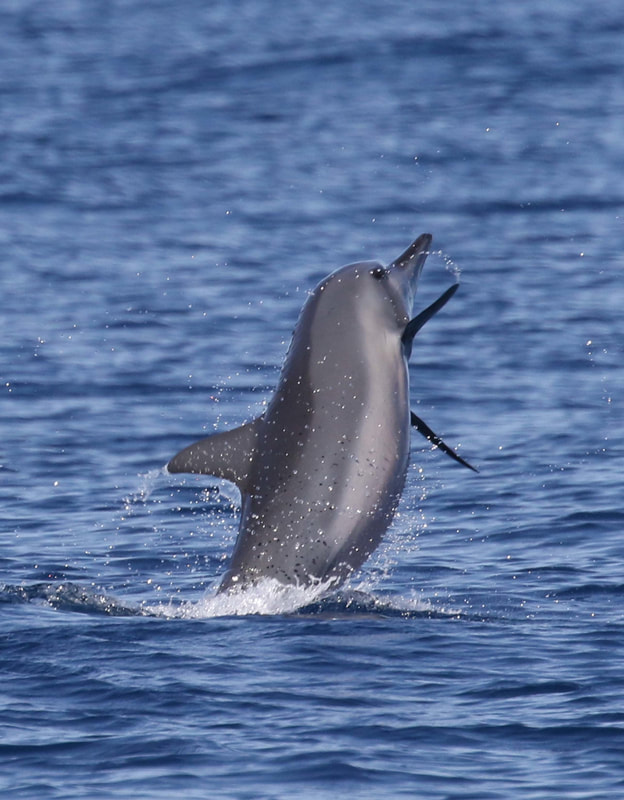
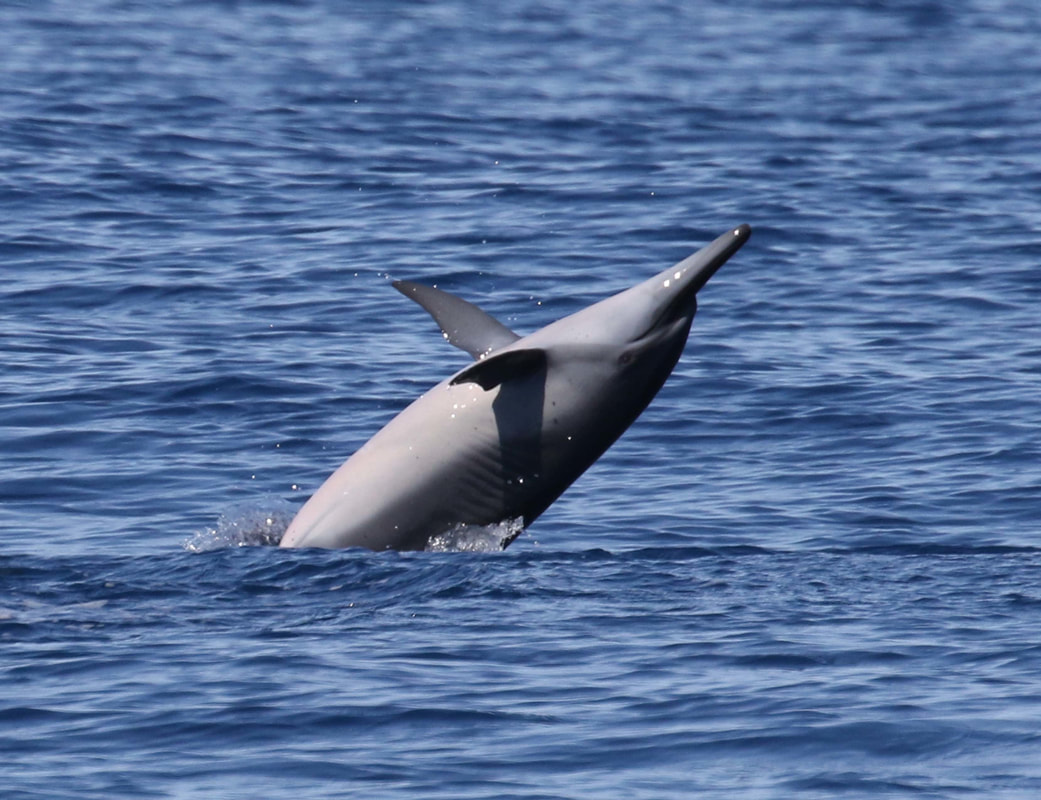
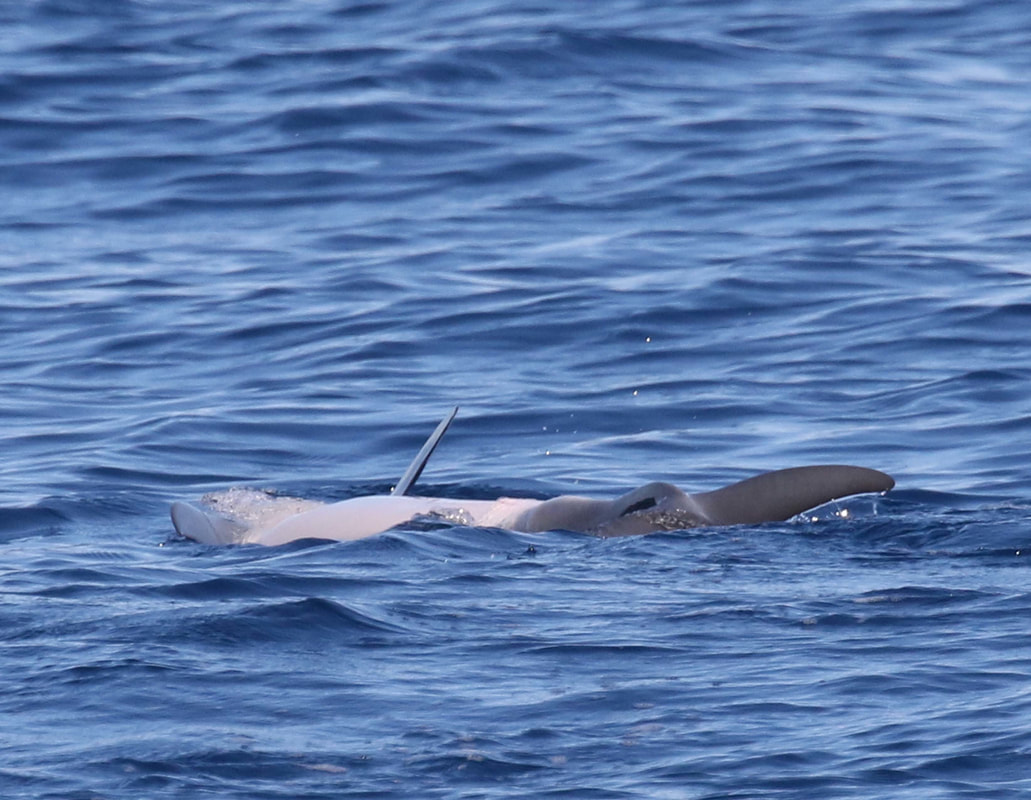
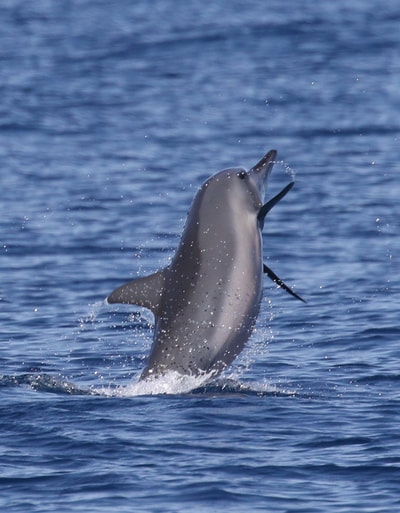
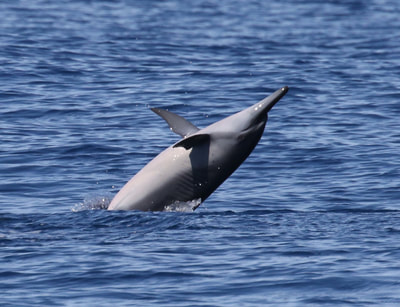
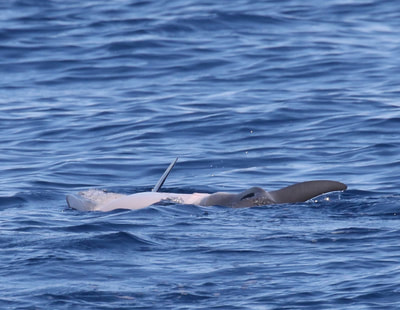
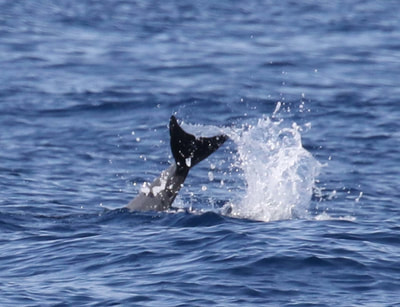
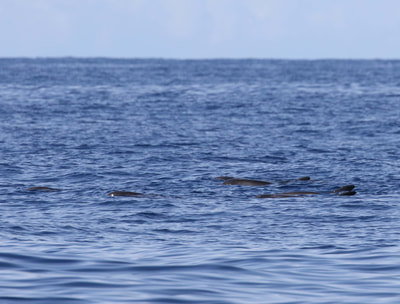
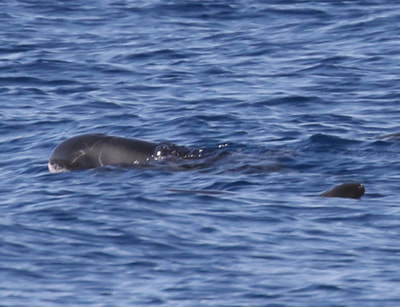
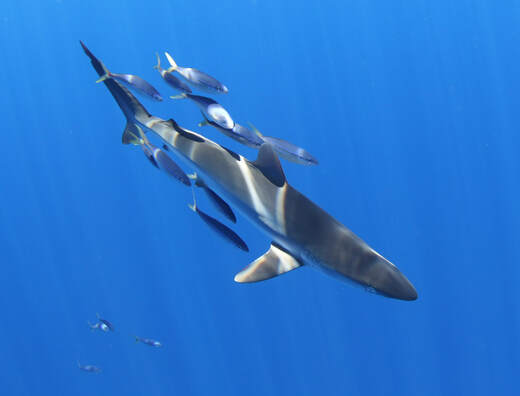
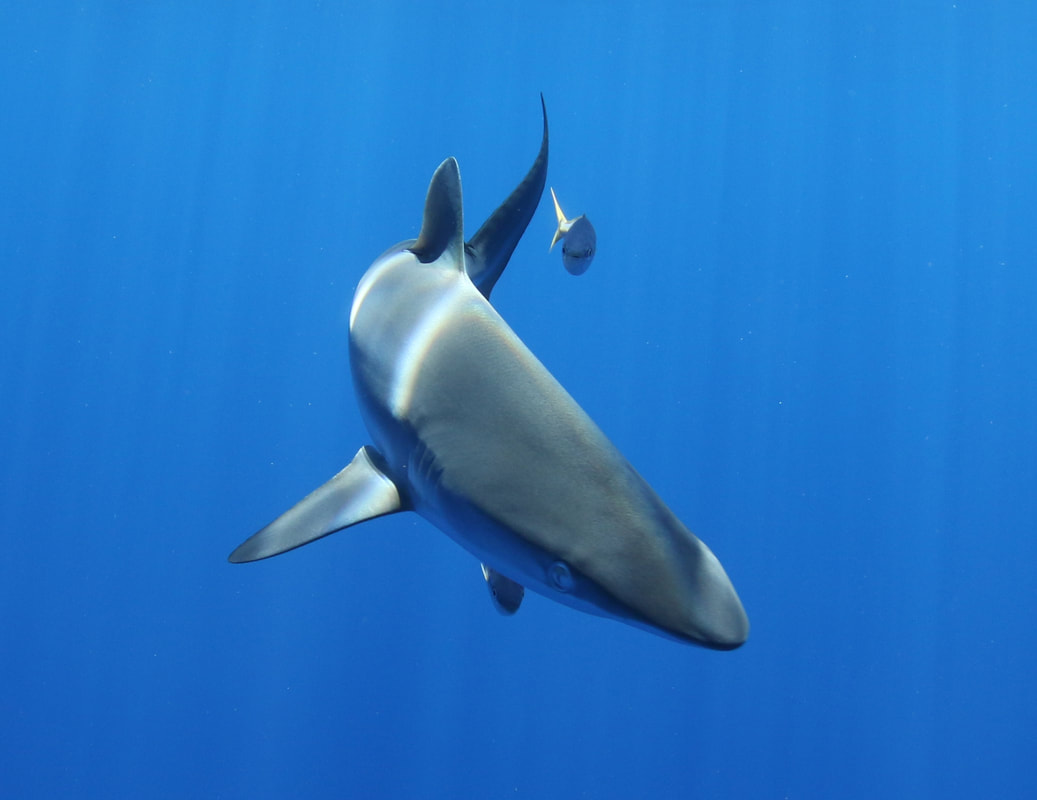
 RSS Feed
RSS Feed